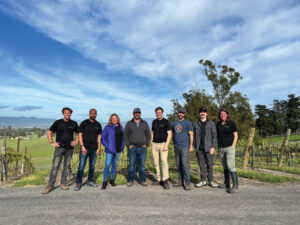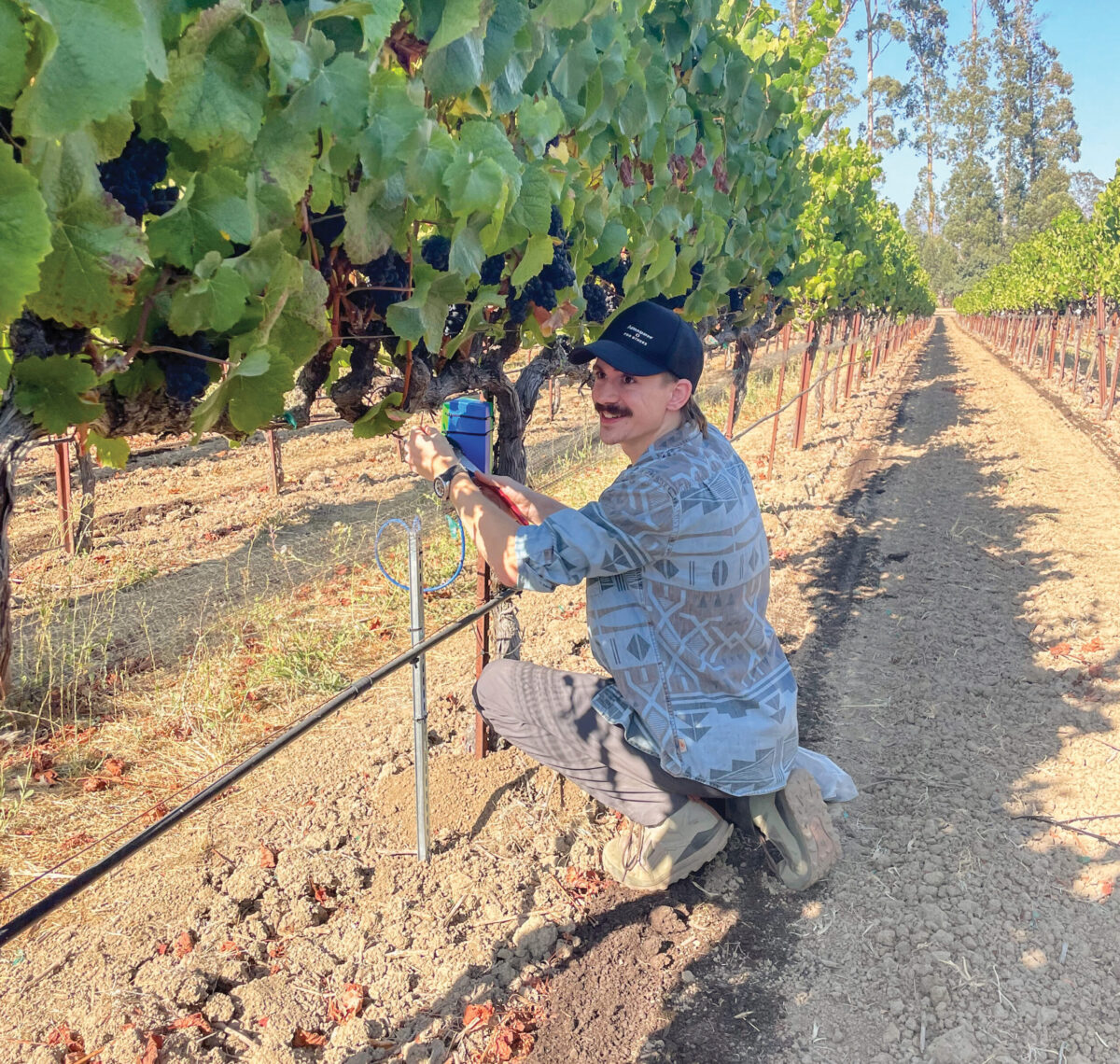
Jun 1, 2023
In-depth data: New carbon monitoring system digs deep into soil health
A tool originally developed to monitor wildfire smoke has the potential to help farmers improve soil health, combat climate change, and even predict the weather.
Organic grower Braga Fresh and predictive agriculture company Agrology have partnered on a new regenerative agriculture technology initiative to track and quantify soil carbon in real time.
The Agrology arbiter carbon monitoring system uses machine learning to interpret data to monitor soil carbon flux and soil microbiome health. It issues weekly, monthly, quarterly and annual carbon reports, enabling growers to report on and quantify carbon emissions.
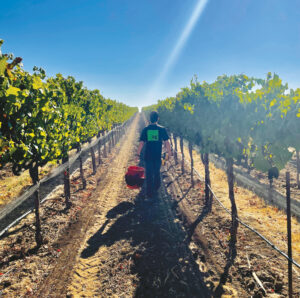
“A primary measurement of soil health is: how much carbon dioxide can your soil create?” Eric Morgan, vice president, environmental science and resources for Braga Fresh, told Organic Grower. “The more C02 that comes off your soil, the more robust the microbial population is.”
The arbiter system’s technology was first targeted at helping grape growers quantify wildfire smoke to assess their risk of smoke taint. Once Agrology built up expertise in that arena, a broader application became evident.
“We wanted to empower farmers to fight back against climate change by sequestering carbon in the soil and improving soil health, which we see as the most powerful and rapid way to reverse climate change,” Adam Koeppel, co-founder and CEO for Agrology, said.
Braga Fresh, a USDA-certified and California Certified Organic Farmers company that offers a range of products including organic salad mixes, installed the Agrology soil carbon monitoring system in July 2022 as part of a regenerative trial program.
“I’ve not seen anything else that’s coming close to this,” Morgan said. “There’s just so many metrics right now that we’re capturing with one machine, and when you start to crunch the data, you can see, ‘Well, we get more CO2 respiration when we have warmer soil temperatures.’ There’s so many different ways to start to slice the data.”
Identifying and interpreting that data is an important step in climate-smart farming, Morgan said.
“When you have a robust microbial population in the soil, when their bodies die, they can cycle carbon, but they can also start to sequester carbon in the form of more permanent organic matter in the soil,” he said. “One of the hopes of the new climate-smart agriculture is that we have the ability, with the photosynthesis of plants, to move carbon-containing compounds that the plant produces — primarily sugars — to the soil to feed the microbes, and the microbes leave the carbon behind. And so we’re able to permanently store, or cycle to some degree, carbon in the soil. So really, we’re looking at a greenhouse gas remedy, a metric for working on climate change.”
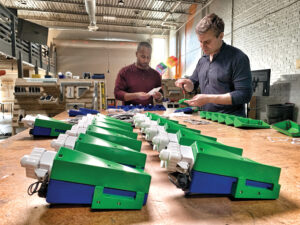
Prototype drawings quickly became 3D printouts as Agrology technicians developed the arbiter design. Complemented by Agrology’s longer-running sentinel system, the harvested data also helps growers optimize irrigation and adjust regenerative practices in response to significant soil or atmospheric events.
Data is gathered daily and made available to farmers, who lease the in-ground device for a monthly fee starting at around $600. The fee includes access to system hardware, and farmers own the collected data, Koeppel said.
“Farmers are the best people in the world at handling these complex biological systems and figuring out how to influence them,” he said. “Farmers walk through their acres scouting, figuring out what’s wrong. … The challenge with soil health is that you can’t see it. You especially can’t see it in real time, until today.”
The data — such as a recent spike in soil moisture and a corresponding release of carbon — is available to growers via an app. Growers can also access real-time predictions of air temperature up to four days in advance for specific microclimates.
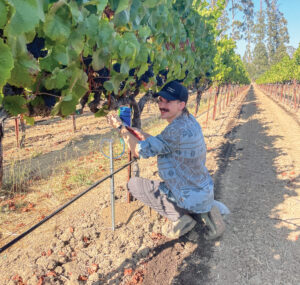
Those predictions are more accurate and nuanced than those provided by weather stations, which are not installed in the acreage nor compatible with cultivation practices, Koeppel said. Agrology devices deliver forecasts for “what their crops can experience, not what the air temperature is on the parking pad next to the farm,” he said.
Koeppel’s interest in agriculture began at an early age, helping his godparents with growing and harvesting in their apple orchard. That, coupled with a love of engineering, eventually melded into a concrete goal of achieving sustainability, driven by data.
“A lot of growers have degrees in soil science, degrees in agronomy, viticulture. They’ve done a lot of stuff in labs when they were in school, but it’s not part of their work every day because the systems haven’t existed,” he said. “They’re super-excited that there will actually be the ability to gather data and understand performance and have sustainability — something there can be measurements behind — instead of just having it be an ethos or a goal without a metric.”
Interest in the arbiter system, available to customers beyond its initial launch for a few months, has been strong, Koeppel said. Inquiries have come from companies producing new types of soil inoculants and soil inputs, as well as some not directly tied to agriculture but instead monitoring things such as CO2 loss from peat bogs.
“We’ve tapped into a new way to understand the ecosystem that farmers are operating in that I think could be really powerful,” Koeppel said. “We get a lot of data out of it, and the challenge for us is going to be, in the next 12 months, how do we turn that data into insights that farmers can use? That is going to be an ongoing journey.
“Over time, we’re going to start to see more and more emerging insights, especially as we work with more scientists who can help interpret the data, and we’ll work to turn those insights into products that are helpful to farmers.”
